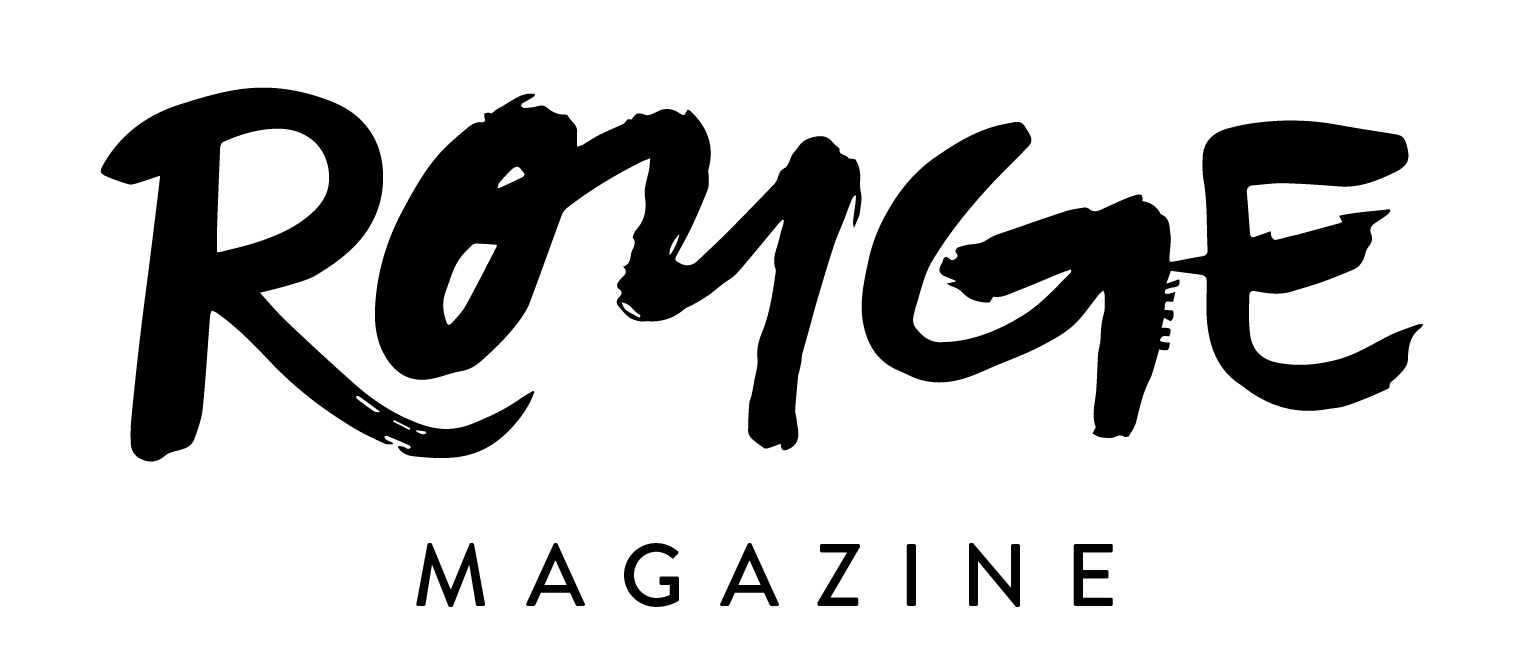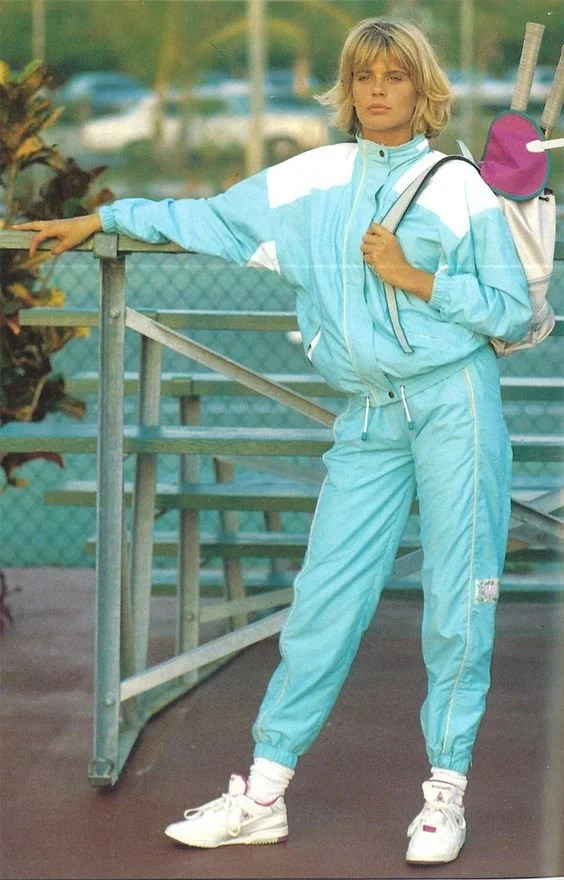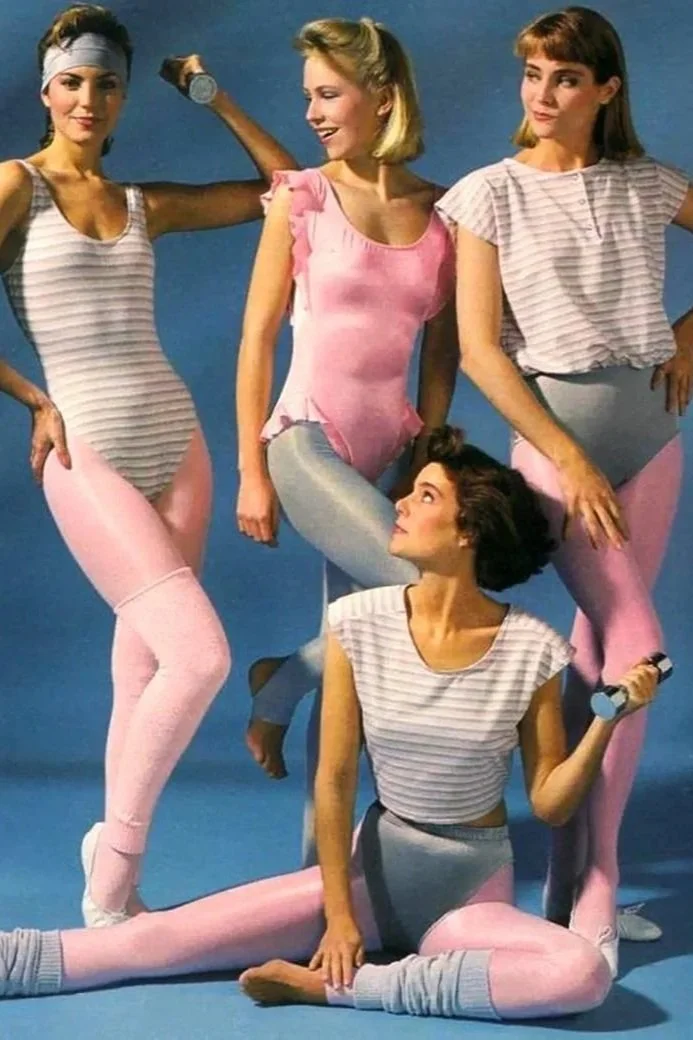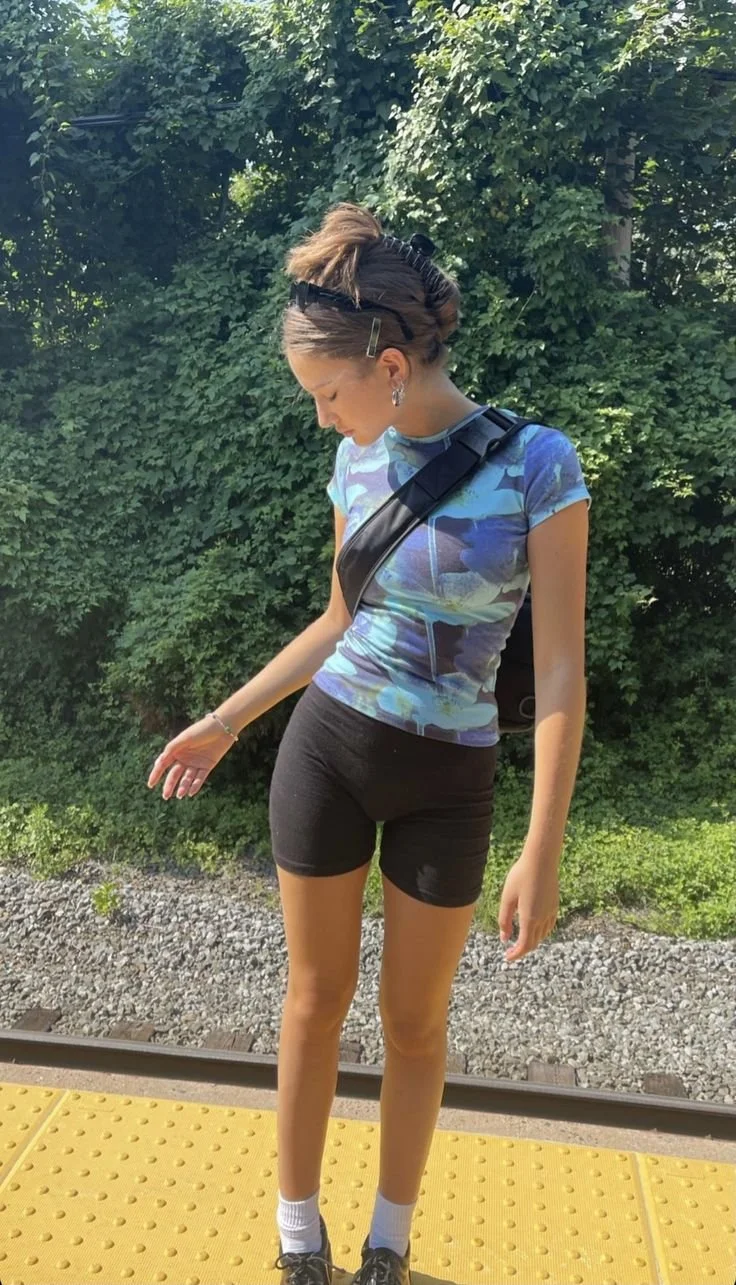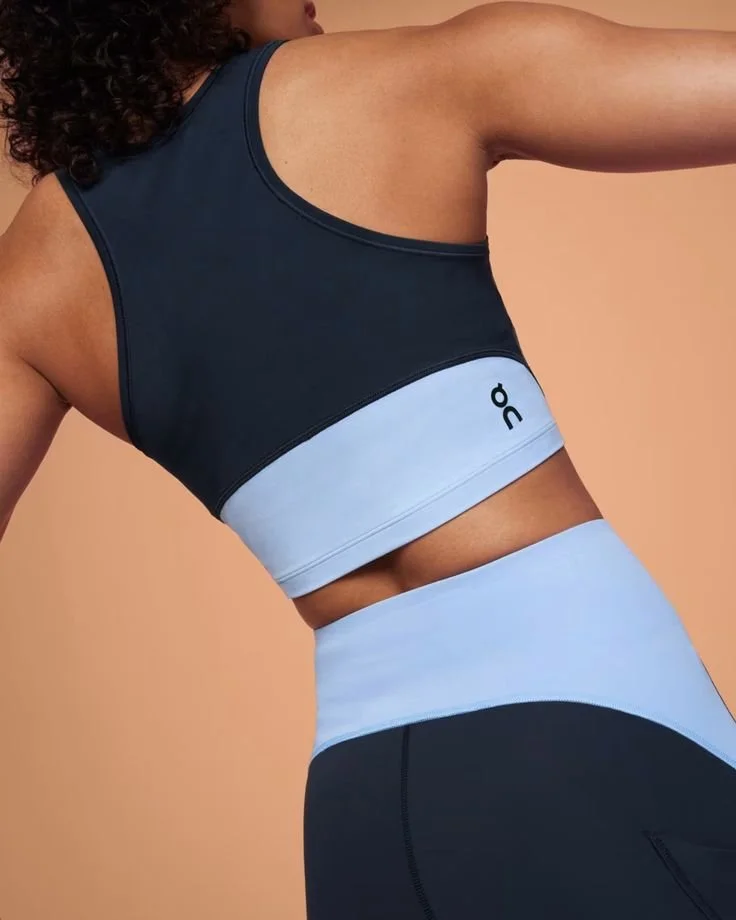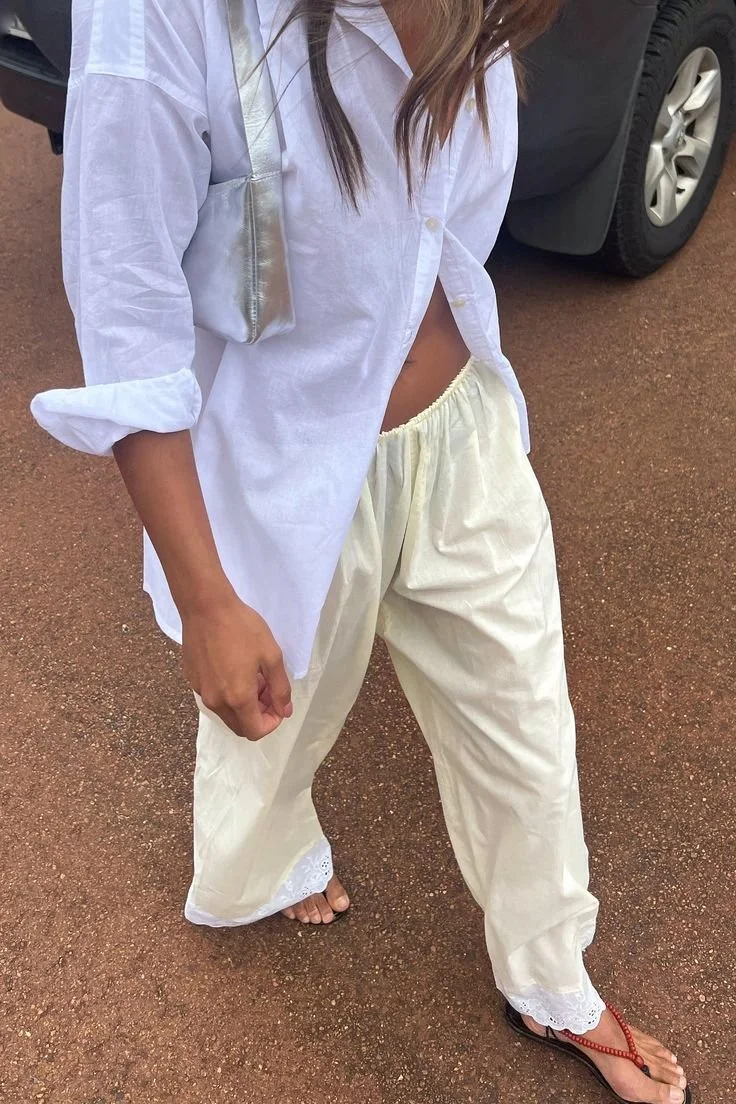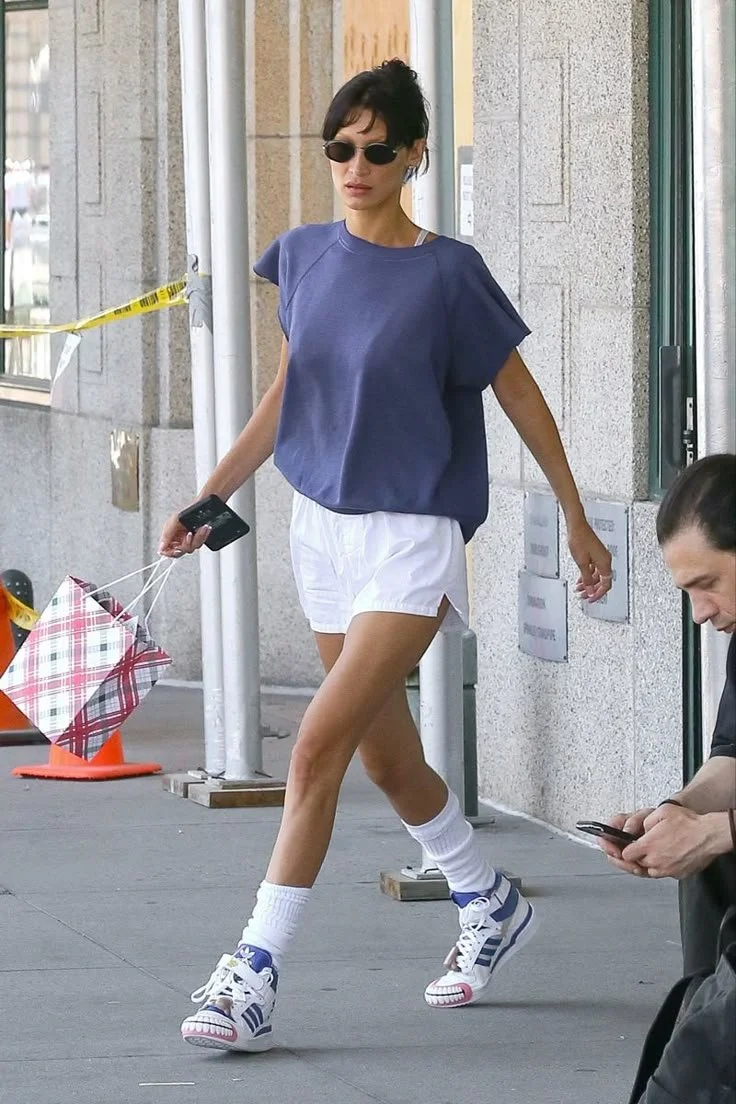My Problem with Athleisure
Based on the title, you can see I have a problem with athleisure wear. No, this does not include clothes you wear to go work out in (though I am partial to vintage workout clothing of leotards and sweatsuits alike). Instead, I am talking about the incorporation of athletic wear into our daily lives. Whether it be going to class, lunch, or shopping it seems that everyone is in some form of Lululemon, Free People’s Movement, or alo. To be fair, I do not necessarily have a problem with the individual products for the purpose they are designed for; however, I do have a problem when it seems the general population seems to be wearing them for all the wrong reasons. Yes you may be thinking, “why not let people wear what they want?” but to that I say, you are currently reading a fashion article.
Photo/Pinterest
Photo/Pinterest
In all fairness, I am not that critical when it comes to what people wear. For example, a while back fashion creator, Clera Perlmutter, or more widely known as @tinyjewishgirl was trending on TikTok and people had quite a lot to say about her styling opinions. She would be getting ready just to go to the grocery store and would pair together micro shorts with a large fur coat. Would I personally wear this? Probably not, but will I critique it? No, because it was an original idea and from someone putting themselves out there creatively and for that I will never knock down.
Photo/Pinterest , @tinyjewishgirl on TikTok
However, when everyone seems to be wearing the same thing I do start to question why it is trending and therefore find a reason to dissect it. There are several reasons why people choose to primarily opt for athleisure wear, however, this reasoning is quite flawed.
One of the arguments for athleisure wear I hear is, “Well it's so hot outside.” Yes, I agree it is sweltering outside. Indeed, my walks to class end in me pouring sweat and spending most of my lecture period just trying to cool down. But, why does everyone think that skin tight heat absorbent clothing is the best solution to this? People often correlate the heat outside to how they might feel when exercising, so it is not abnormal to think that the clothing one wears under high intensity would act beneficial under extreme heat as well. However, workout clothing is not tight-fitting to make you feel cooler, it is tight because it allows for more movement especially if you are engaging in any form of cardio. In reality, the fabric most widely used in athletic clothing, spandex, is not breathable in any way and because of its skin-tight nature, it does not allow your body to properly regulate its own temperature, leading to longer recovery times needed after being out in the heat.
Photo/Pinterest
Photo/Pinterest
A good alternative to this is wearing a more lightweight fabric such as linen. Linen allows air to move more freely through your body, allowing it to properly regulate itself in high temperatures. Along with that, studies show that linen can also protect from UV rays. Linens are great basics to have especially if you are someone like me who only opts for jeans in cool temperatures but sometimes a nice long pant is just the move. However, if you are still attuned to how athleisure wear’s somewhat futuristic look, consider looking more into mesh materials or non-skin tight athletic clothing in order to not overheat in this weather.
Photo/Pinterest
Photo/Pinterest
Photo/Pinterest
The next reason why I am sure more and more people are wearing athleisure is of course the general mob mentality. Especially on a college campus, most people do not want to especially stand out in any sort of way that may seem offputting. I fall victim to this effect as well, frequently opting for my tennis skirts (a product that I cannot fight with) instead of my aforementioned linen shorts. These are small choices but they do create a further divide between choosing the group over the individual. It comes as no surprise why athleisure became the new general population uniform as our society in the United States always opts for a casual fashion over anything of self expression. This is more than likely due to the American phenomenon of always feeling in a rush. The average American is at school or working 40 hours a week with minimal breaks whereas Europeans virtually have shorter work days and longer breaks, even having more vacation days and more maternity time off. So, it is no wonder that Americans feel that clothing that outwardly expresses that they are active and busy best represents their wardrobes. This is not necessarily a problem, as it is just how our society is run in the United States, but is something to consider if you fall within this population instead of exclaiming, “It's not that deep,” which is something I hear quite often. It is important to recognize why we wear what we do or else we’d never question our environment practically ever, and if you are able to recognize the context in which your clothing exists and still choose to wear it, that's great. But if you want to roleplay being a leisure European and perhaps opting for coffee over energy drinks while you are at it, it might make a difference in your mood, who knows.
Photo/Pinterest
I digress. I do not inherently have a problem with athletic wear. Activewear is actually something that interests me greatly. Issey Miyake designed a whole line of innovative activewear with geometric lines, color blocking, and odes to balletcore that really revolutionized the runway. In addition, especially with high coverage basketball, football, and tennis matches showcasing their players in lavish outfits both on and off the court, it has piqued my interest. Just recently, I loved Naomi Osaka’s bubble skirt she played in for the US Open from Nike. However, my problem begins when the innovation grows stale and both function and fashion are compromised amongst the general population. I urge readers to expand their horizons of both summer wear and athleisure wear before the next heat wave comes around and maybe you’ll feel and look cooler in these sweaty months.
Graphics: Delaney Chernault
Editor: Sydney Annis
